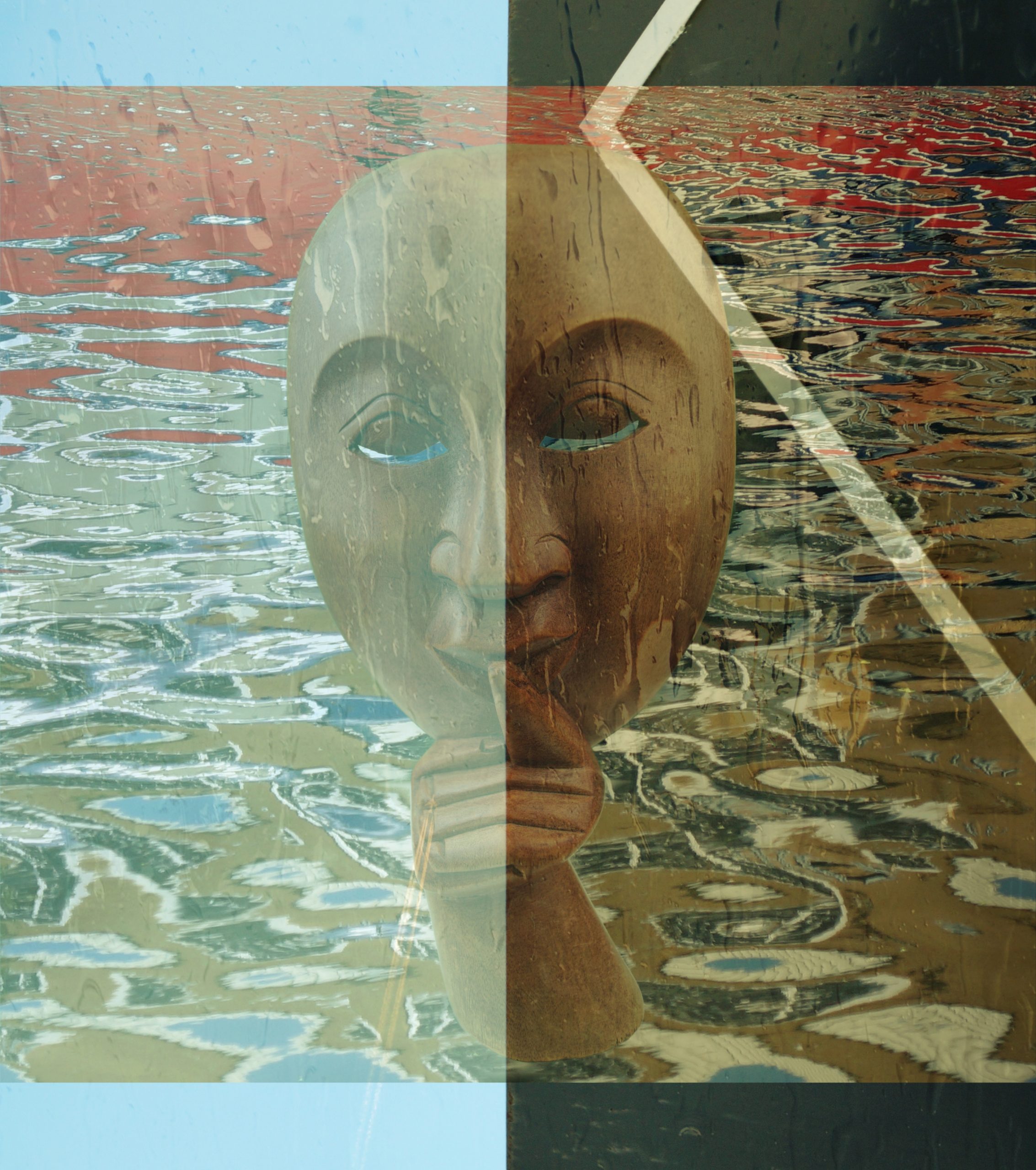The Best Fine Art Photography Collections 2023
The Best Fine Art Photography Collections 2023
Blog Article

Fine art photography is a form of artistic expression that goes beyond mere documentation and aims to convey a message, emotion, or concept through visual storytelling. If you're interested in fine art photography, here are some pieces of advice to help you on your creative journey:
Define Your Vision:
Clarify your artistic vision and the message you want to convey through your photographs. What themes, emotions, or concepts do you want your work to explore?
Study the Masters:
Explore the works of renowned fine art photographers. Analyze their compositions, use of light, and storytelling techniques. This can provide inspiration and help you develop your own unique style.
Master Your Equipment:
Understand the technical aspects of your camera and other equipment. Fine art photography often requires a strong command of composition, exposure, and post-processing techniques.
Experiment with Techniques:
Don't be afraid to experiment with various techniques, such as long exposure, multiple exposures, or alternative printing processes. Pushing the boundaries of traditional photography can lead to innovative and unique results.
Pay Attention to Composition:
Composition is crucial in fine art photography. Learn about the rule of thirds, leading lines, framing, and other compositional elements. Use them intentionally to guide the viewer's eye and create a visually compelling image.
Tell a Story:
Aim to tell a story or evoke emotions with your photographs. Consider the narrative within a single image or create a series of images that work together to convey a broader concept.
Develop Your Editing Skills:
Post-processing is an integral part of fine art photography. Learn to use editing software effectively to enhance your images and bring your creative vision to life. However, strive to maintain a balance and avoid over-editing.
Build a Cohesive Portfolio:
Your portfolio should reflect a consistent style or theme. Select your best work and curate a collection that showcases your unique perspective. A cohesive portfolio can leave a lasting here impression on viewers and potential clients.
Seek Constructive Feedback:
Share your work with fellow photographers, mentors, or online communities to receive constructive feedback. This can offer valuable insights, help you refine your skills, and encourage artistic growth.
Stay Inspired and Evolve:
Stay curious and more info open-minded. Explore other forms of art, attend exhibitions, and engage with different artistic disciplines. Allow read more yourself to evolve as an artist and be open to new ideas and influences.